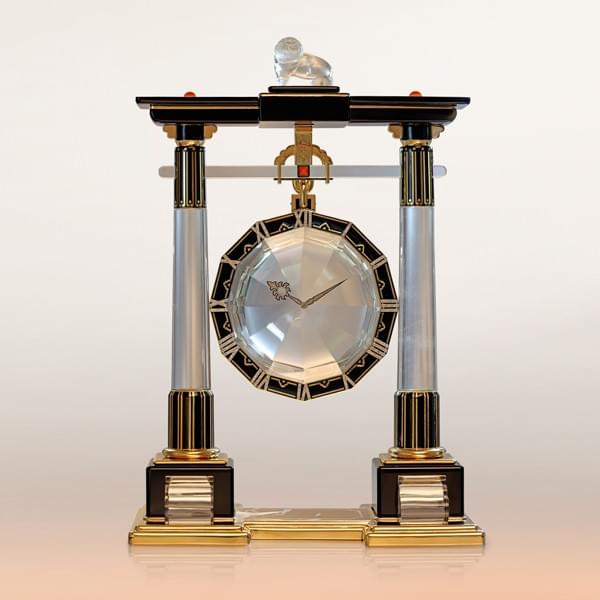Sotheby’s Unveils a 1923 Cartier Mystery Clock

A Cartier Portico mystery clock, one of only six ever made, is heading to auction at Sotheby’s Geneva sale on Nov. 9. Valued at CHF 3-5 million (≈ US$3.79-6.32 million), it has not been seen publicly in decades. This rare Cartier collectible jewelry piece features temple-inspired architecture, rock crystal, jade, mother-of-pearl, and an illusion dial that epitomizes Cartier’s craftsmanship. Collectors already call it a “landmark” in high jewelry investment value.
What Makes It So Rare
The Portico’s scarcity, only six in the world, alongside its mysterious floating hands, makes it a trophy lot. For auction houses, such as Sotheby’s, this is more than a sale—it’s proof of continuing demand for heritage luxury.
Heritage Luxury or Outdated Prestige?
But here’s the debate: as consumers turn toward lab grown diamonds vs natural diamonds and demand sustainable gemstones jewelry, is it still rational to pour millions into nostalgic heritage pieces? Some argue ethical luxury jewelry represents modern prestige, while auctions feed only the ultra-wealthy.
When Value and Ethics Collide
- A Cartier clock may embody tradition, but responsibly sourced gemstones and sustainable luxury trends 2025 point in another direction.
- Younger consumers, driven by ESG values, often prefer innovation and transparency to exclusivity.
- Does ethical jewelry vs heritage jewelry represent the real dividing line in today’s market?
AIDI’s Perspective: Redefining Luxury’s Future
At AIDI, we recognize the artistry of Cartier but also highlight the future of lab grown diamonds in luxury market. If heritage houses don’t adapt by proving transparency and responsibility, they risk being overtaken by jewelry that reflects ethics, sustainability, and real relevance to a new generation.
